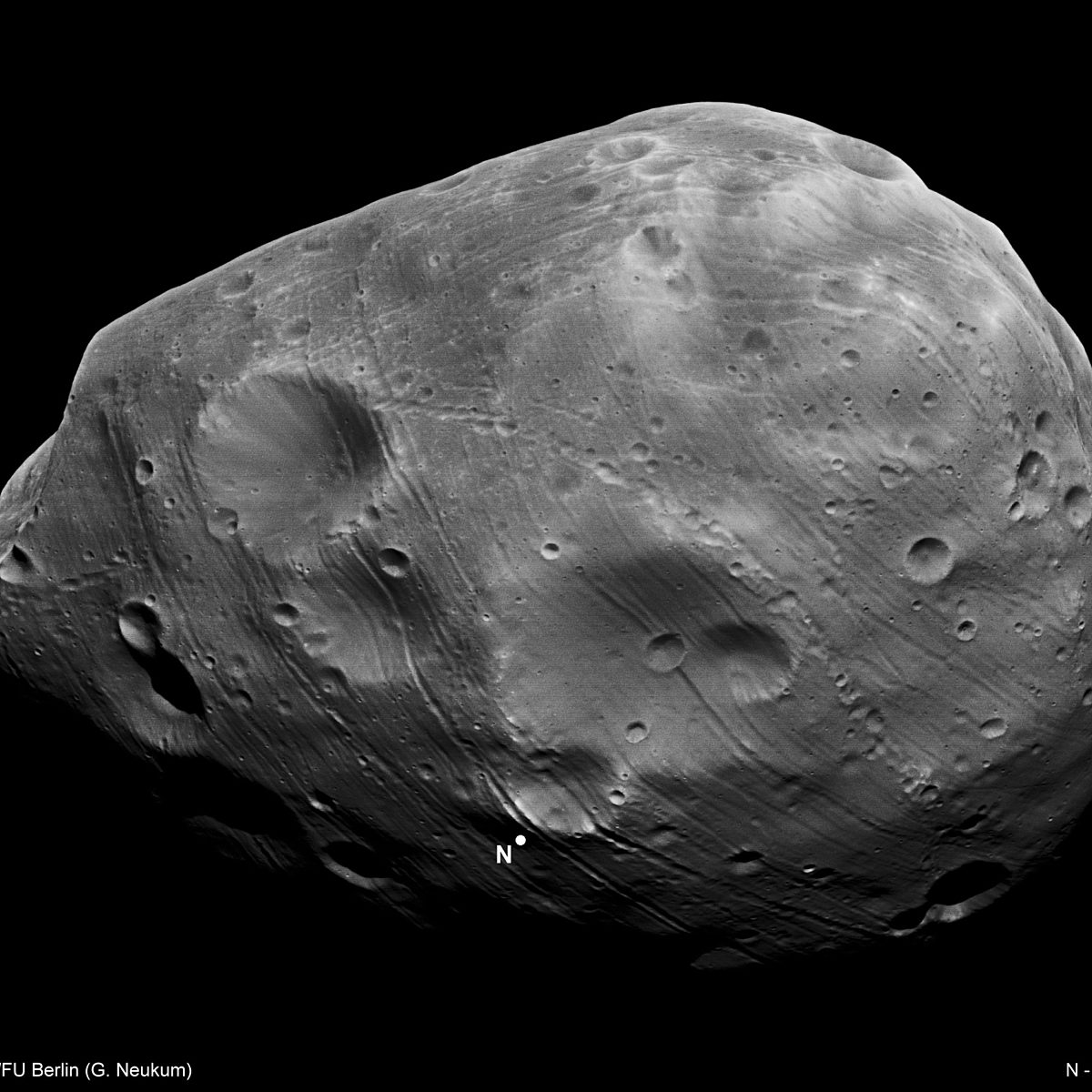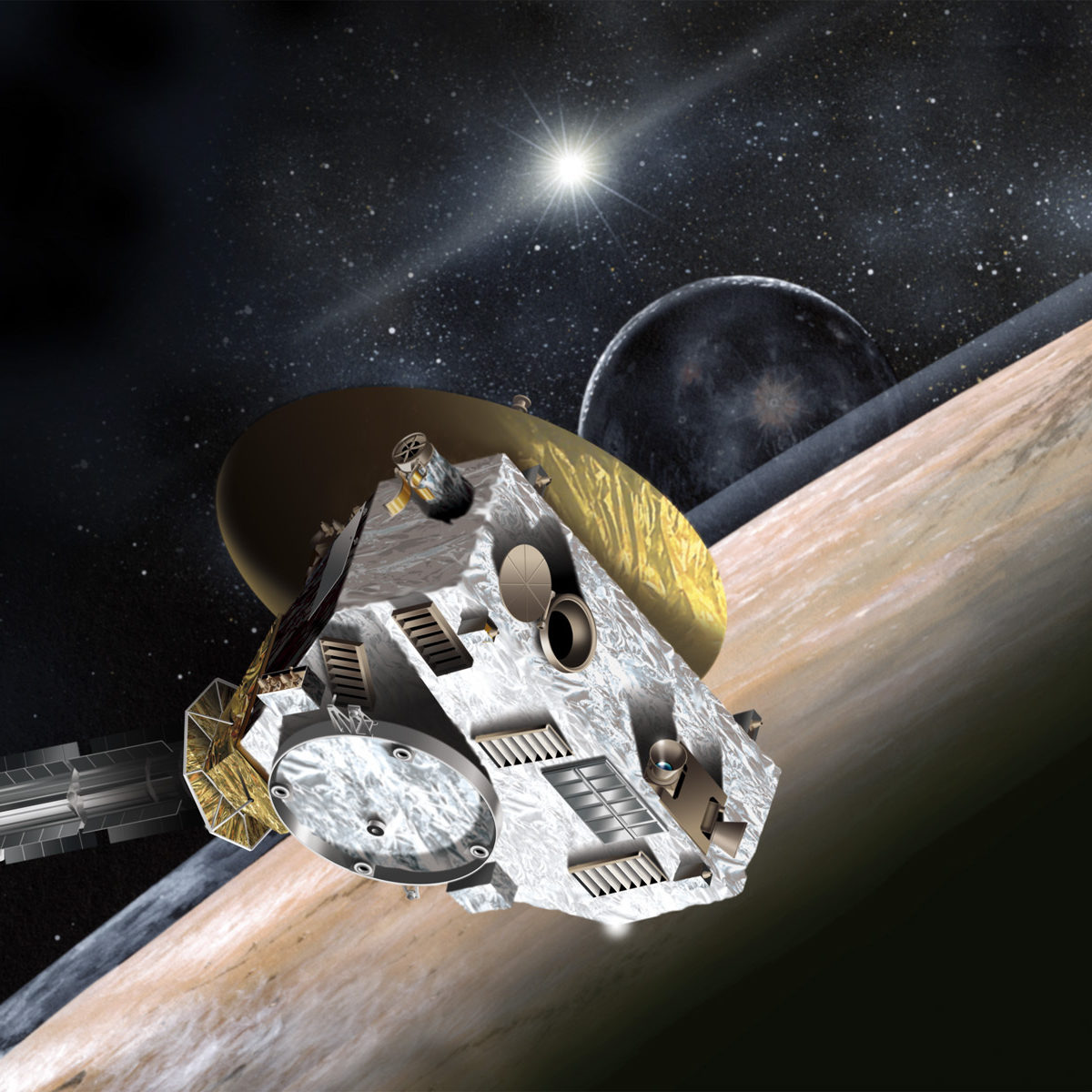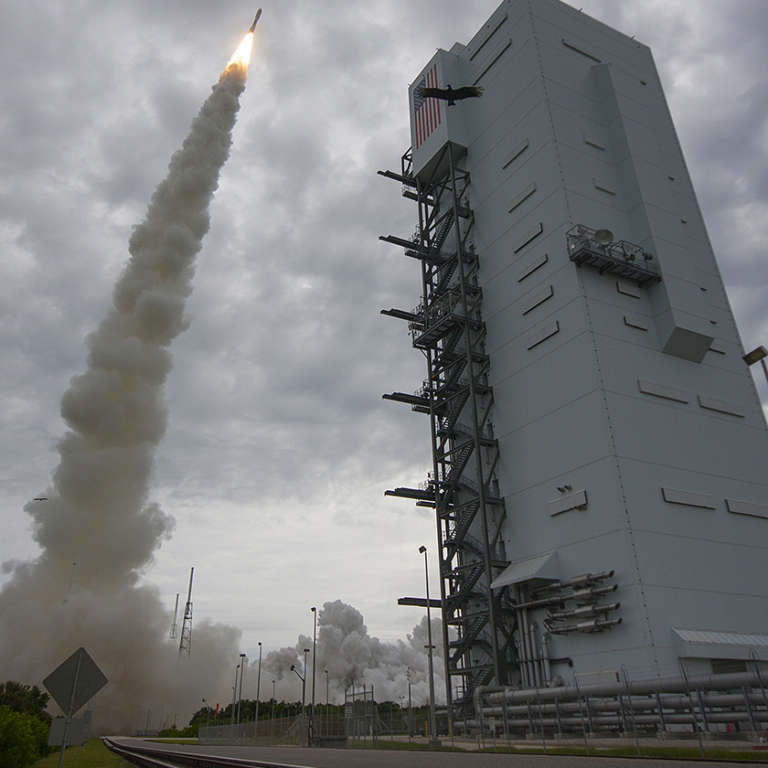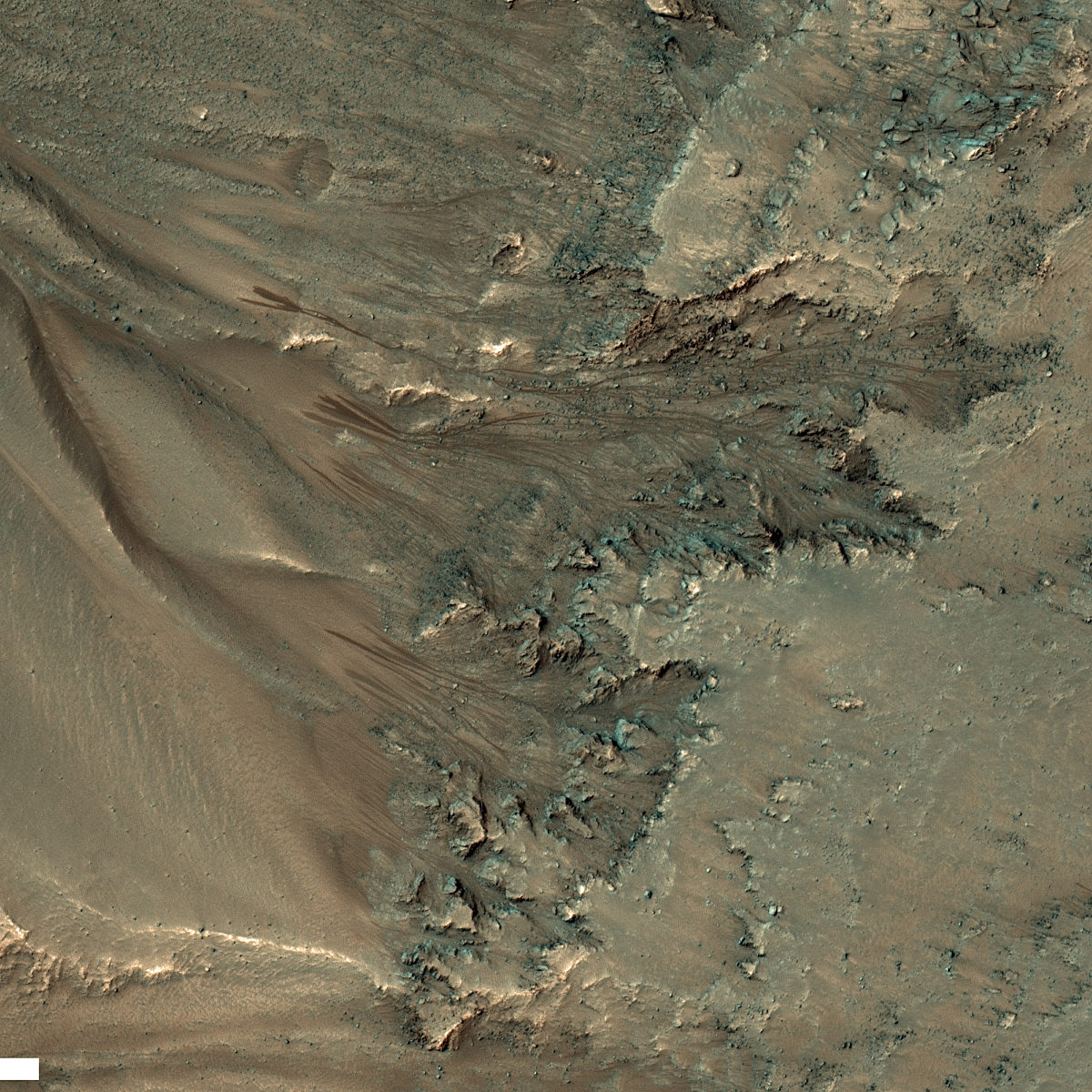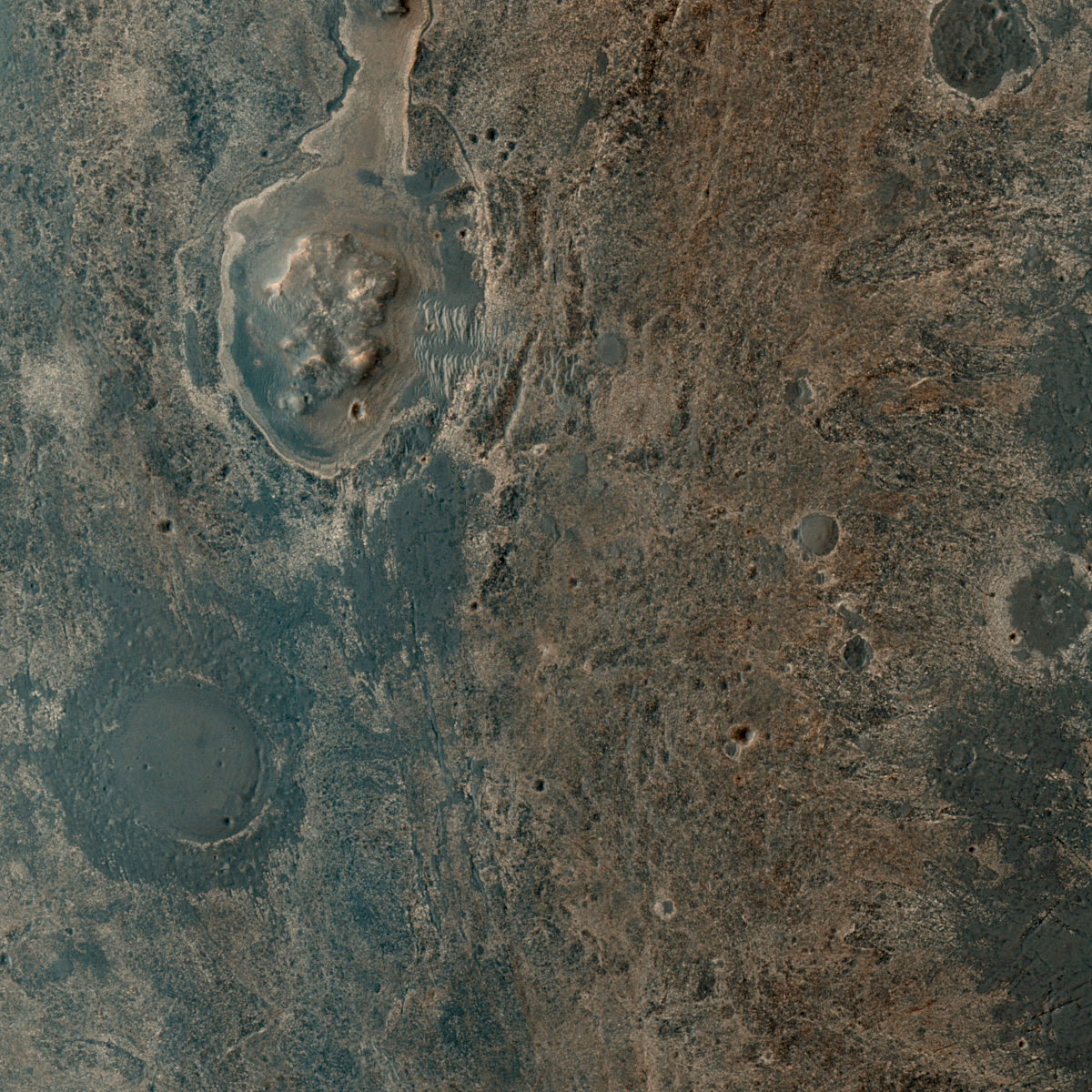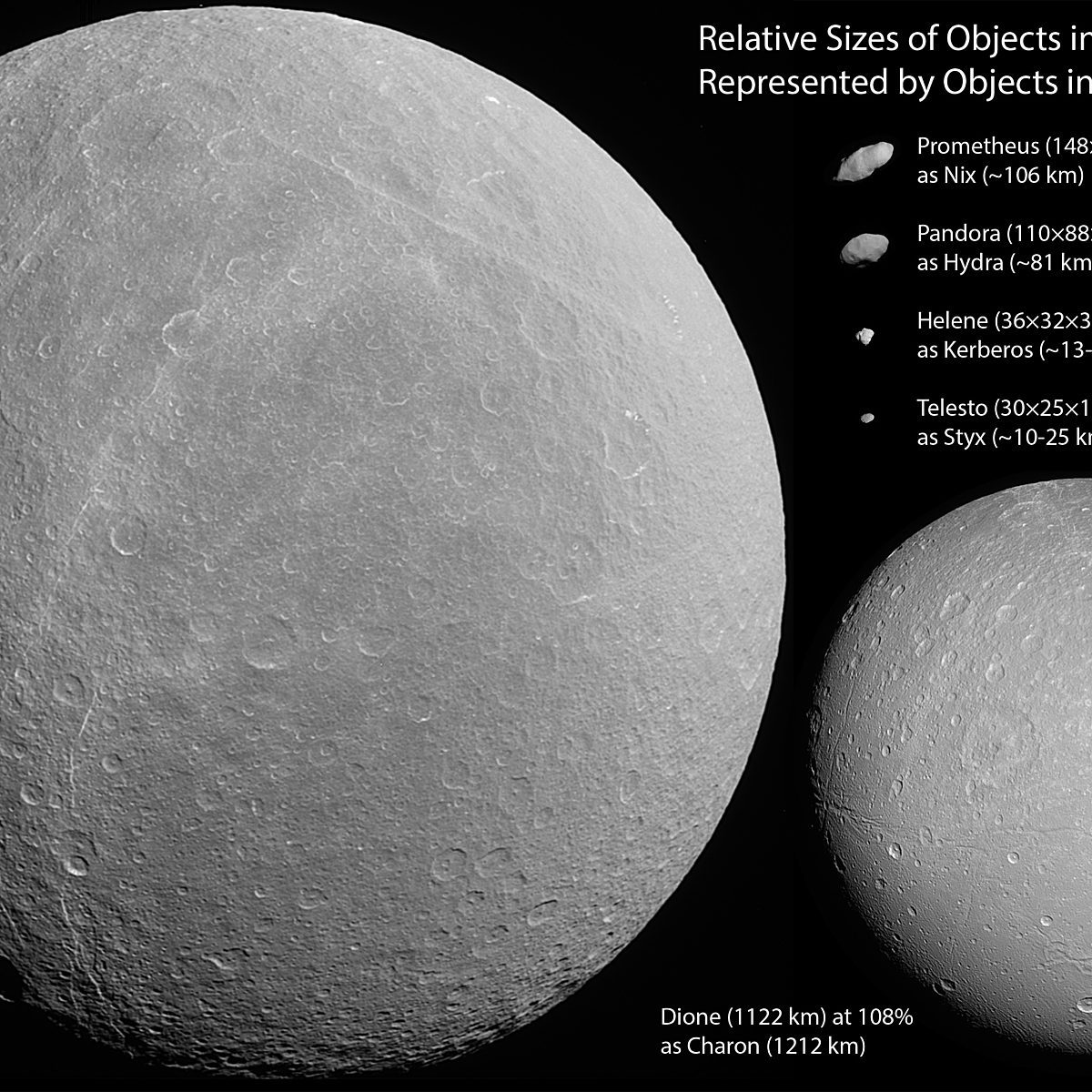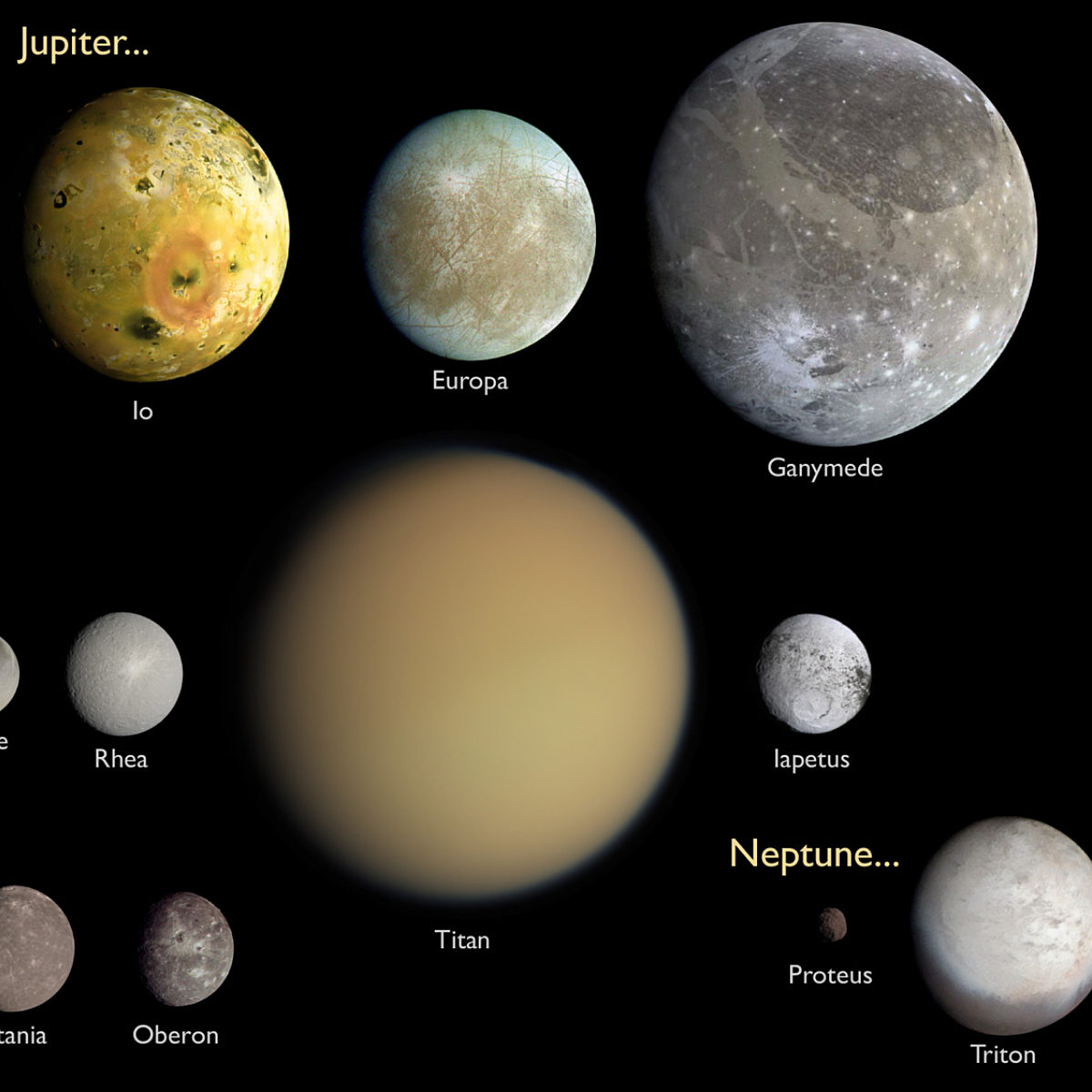All
All
Stories, updates, insights, and original analysis from The Planetary Society.
"Water on Mars" in Sky & Telescope
A shameless plug for my article on
Curiosity's first year on Mars: Where's the science?
Yesterday was the first anniversary of Curiosity's landing on Mars, and there was much rejoicing. It's been fun to look back at that exciting day, and it's been an opportunity to reflect on what Curiosity has accomplished in her first year. What science do we have to show for it?
Curiosity is copying Cassini's tricks!
Take a look at this amazing photo, captured by Curiosity from the surface of Mars on sol 351 (August 1, 2013). It is unmistakably Phobos.
Pluto on the Eve of Exploration by New Horizons: Is there an ocean, or not?
Does Pluto have an ocean under its ice? If it doesn't now, did it ever have one? How will we know?
Keeping up with Curiosity, almost a year after landing
It seems like my attention wandered for just a moment, and all of a sudden Curiosity is really on the road. She's racked up drive after drive, methodically eating up the terrain between here and her goal: the ancient rocks at the foot of Mount Sharp.
Happy 32! Happy New Mars Year!
They're too far apart to have a party, but today Curiosity and Opportunity could have rung in the New Mars Year. Today Mars reached a solar longitude of zero degrees and the Sun crossed Mars' equator, heralding the arrival of spring in the northern hemisphere and autumn in the southern hemisphere.
Pluto on the Eve of Exploration by New Horizons: A problem of cartography
Last Thursday at the Pluto Science Conference there was a surprising and interesting talk by Amanda Zangari, who pointed out a serious problem with Pluto cartography.
The road to Mars: updates on NASA's MAVEN and India's Mars Orbiter Mission
The 2013 launch window for Mars is fast approaching. November represents the next chance to send spacecraft to the Red Planet; the next window doesn't open until early 2016. So NASA and the Indian Space Research Organisation (ISRO) are working hard to prepare their respective Mars missions for launch.
Pluto on the Eve of Exploration by New Horizons: Small moons, dust, surfaces, interiors
My roundup from notes on the day's presentations on dust in the Pluto system and the surfaces and interiors of Pluto and Charon.
Pluto on the Eve of New Horizons: Webcast tonight
I'm off for the airport to fly to the East Coast to participate in the scientific conference
Pretty picture: Looking backward
Here it is: the view from Saturn of our Earthly home, one and a half billion kilometers away. We see Earth and the Moon through a thin veil of faintly blue ice crystals, the outskirts of Saturn's E ring. Earth is just a bright dot -- a bit brighter than the other stars in the image, but no brighter than any planet (like Saturn!) in our own sky.
Is the study of astrophysics self-indulgent?
Is the study of astrophysics self-indulgent? I was caught aback by that assertion, made by a recent graduate in the latest issue of the Brown University alumni magazine.
Earth and Moon from MESSENGER
A new picture of the Earth-Moon system from MESSENGER, taken the same day we were told to
Pretty picture: An Atlas launch and a very surprised bird
If you take hundreds of photos of every single spacecraft launch you can get to, you will eventually get lucky shots like this one. It was taken by Ben Cooper at today's launch of the U.S. Navy satellite MUOS-2 and features a very surprised turkey vulture in a striking pose in front of the American flag.
Planetary Geomorphology Image of the Month: Water tracks on Earth and Mars
The International Association of Geomorphologists'
A new HiRISE view of Opportunity (sol 3361)
The HiRISE camera on Mars Reconnaissance Orbiter has snapped a lovely color photo of the rim of Endeavour crater, catching Opportunity midway between Nobby's Head and Solander Point.
New names for Pluto's little moons Kerberos and Styx; and a new moon for Neptune
Pluto's moons, formerly known as
A rare clear day in Alaska
NASA recently shared a gloriously detailed image of an unusual clear day in Alaska as seen from the Terra satellite.
Scale comparisons of the solar system's major moons
A few presentation slides with pretty pictures, sized to scale, of the large moons of the solar system.
Stationkeeping in Mars orbit
It had never occurred to me to think about geostationary satellites in Mars orbit before reading a new paper by Juan Silva and Pilar Romero. The paper shows that it takes a lot more work to maintain a stationary orbit at an arbitrary longitude at Mars than it does at Earth.


 Explore Worlds
Explore Worlds Find Life
Find Life Defend Earth
Defend Earth


 Sun
Sun Mercury
Mercury Venus
Venus Earth
Earth Mars
Mars Jupiter
Jupiter Saturn
Saturn Uranus
Uranus Neptune
Neptune Small Bodies
Small Bodies

